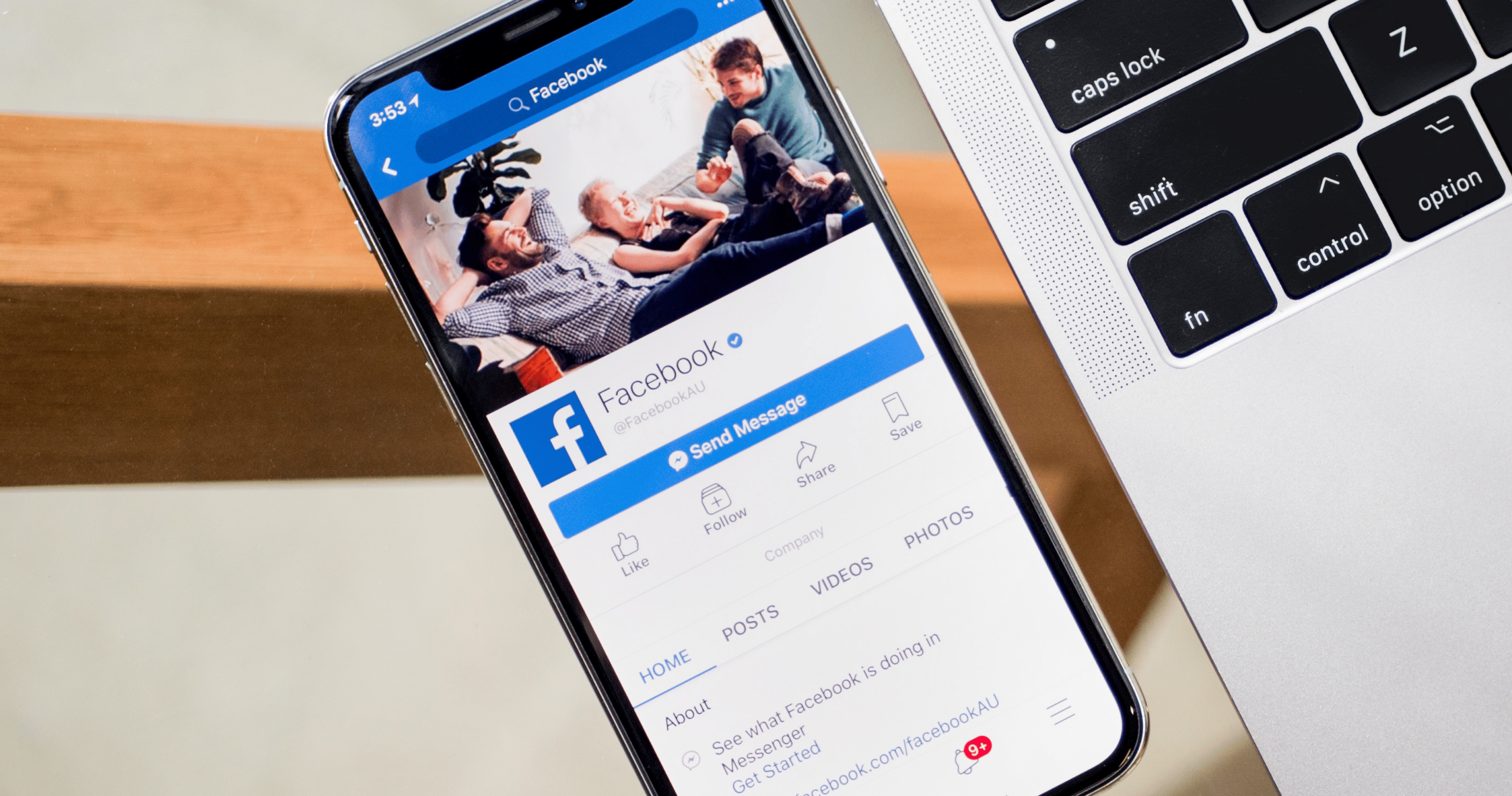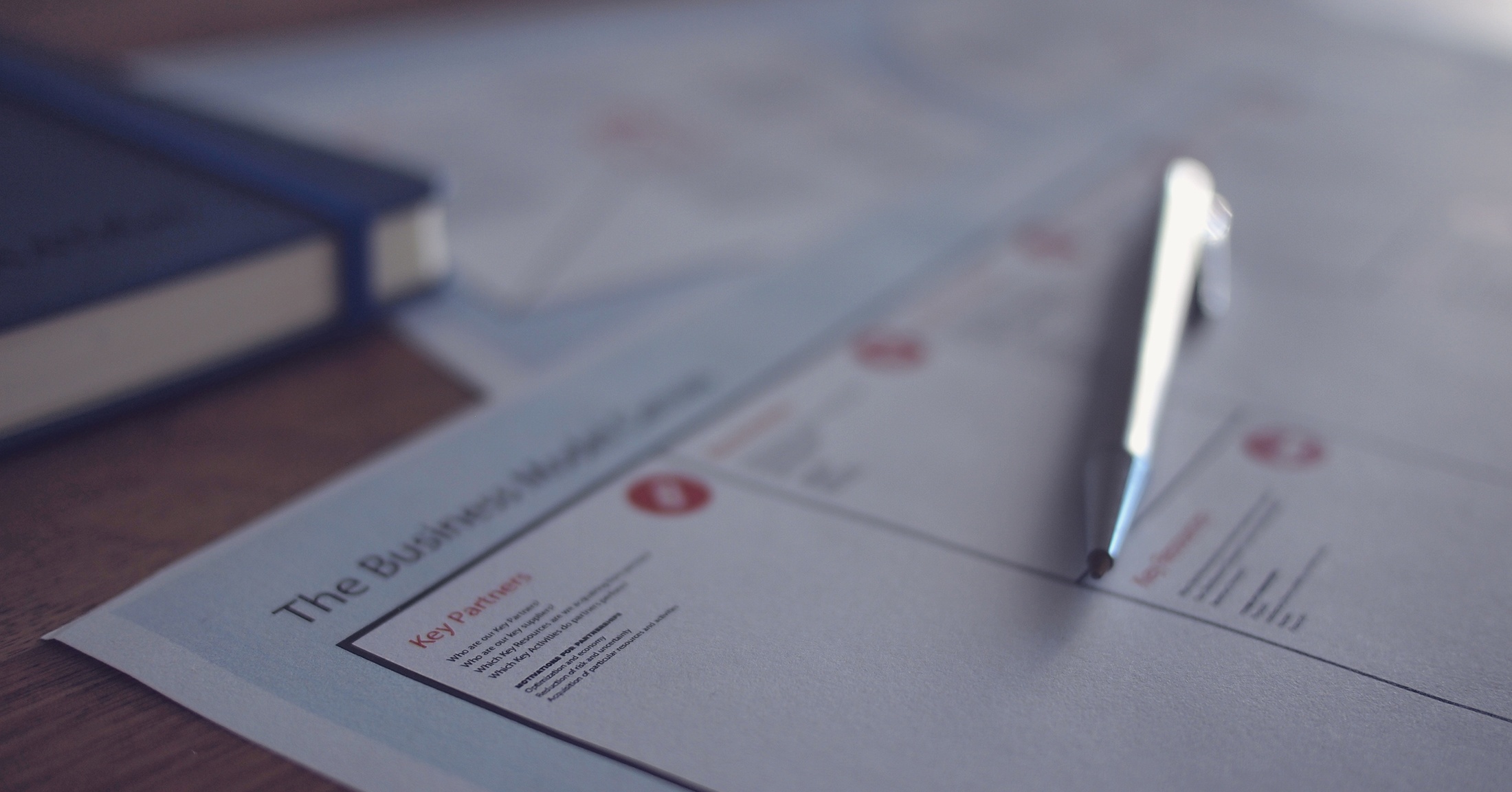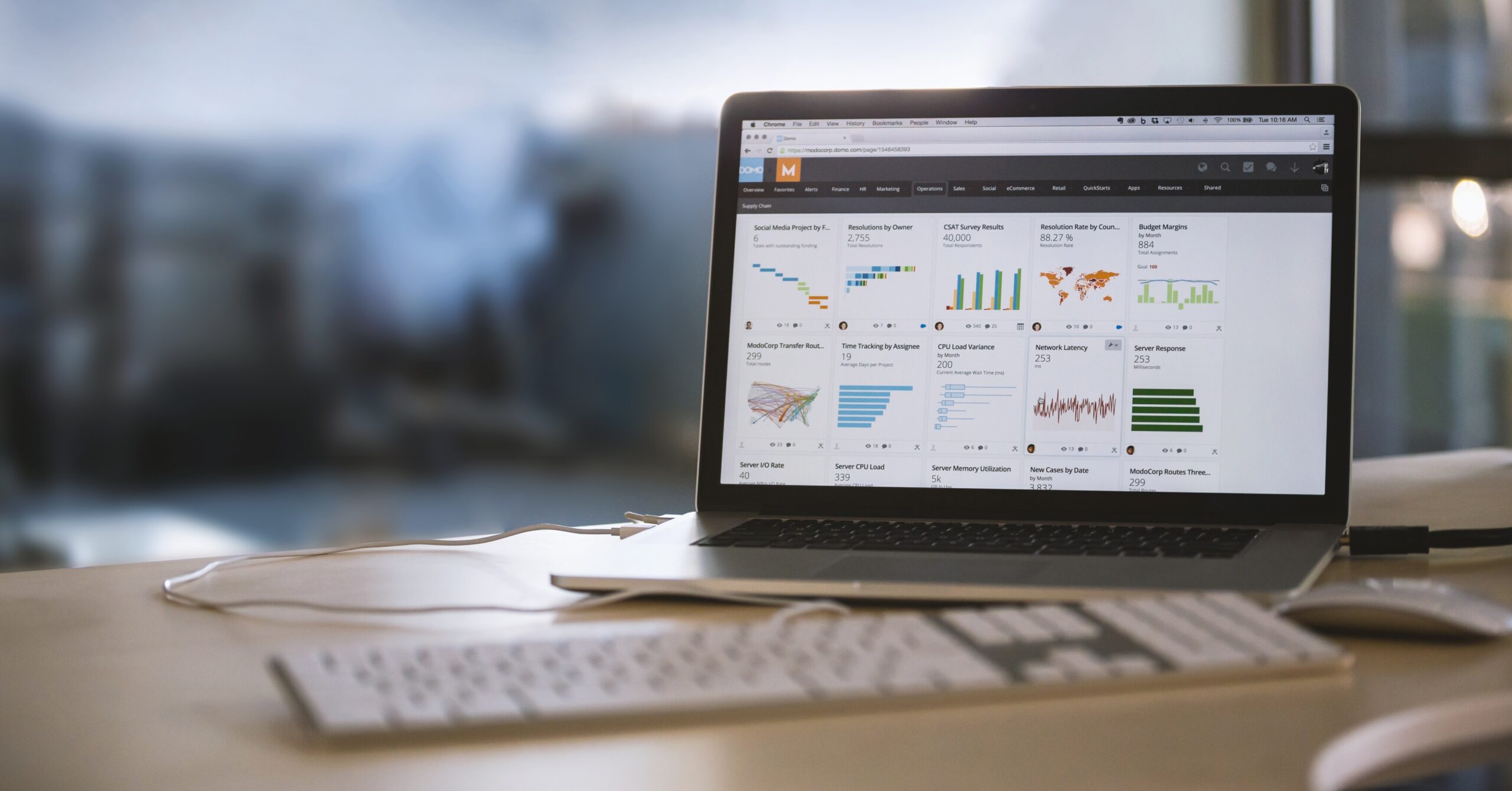21 Jun How To Integrate ManyChat with Mailchimp
Posted at 00:00h
in agency marketing, Email Marketing, publisher marketing, Social Media Marketing, Travel Marketing
One of the secrets of Facebook Messenger bot marketing is that it is a great platform for capturing additional user data, like emails addresses, phone number or whatever else you need to grow your business. (In fact, here's a case study on how we use Facebook Messenger to grow the email list and drive organic traffic for a publisher.)










